The alternate history of Android
Android is more than just another Google product.
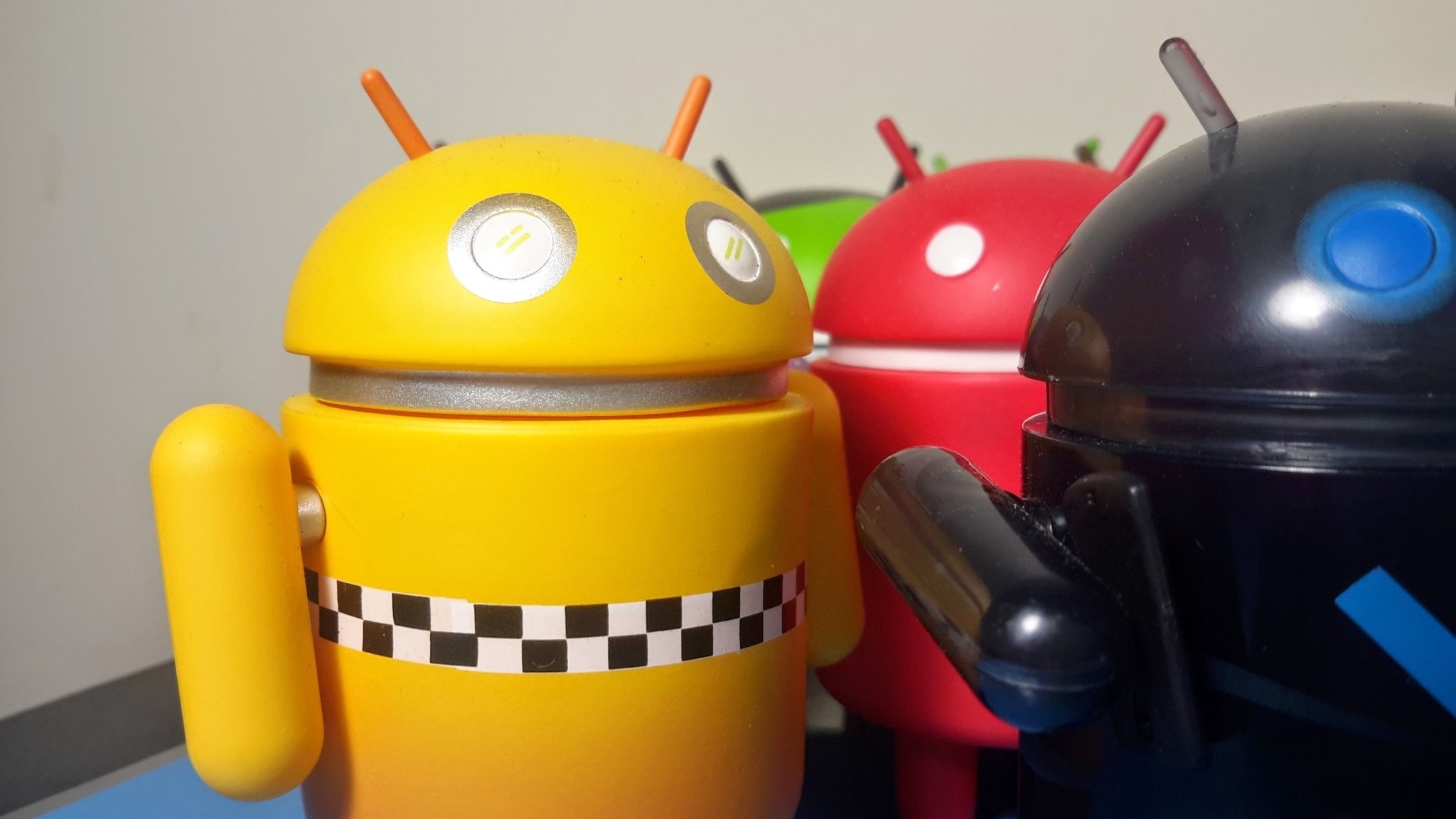
July 2025 marks the 20th anniversary of Google buying Android, Inc. from the folks behind Danger and the SideKick. It started as an operating system and software utility suite to power digital cameras, but someone at Google had bigger plans. You can read the official Google timeline here if you're interested.
It's nice to talk about all the improvements and features that have made Android into what I think is the most versatile and best computer OS in use today. And there were a lot of them! Google changed Android to meet consumer demands as fast as our tastes changed, and hardware partners frantically tried to keep pace. Every year was something new and different until the present day, where Android has settled into a refined OS.

One of the web's longest-running tech columns, Android & Chill is your Saturday discussion of Android, Google, and all things tech.
The journey didn't just involve Google, though. Because of its Linux base, Android had a following of millions of hardcore nerds who couldn't leave well enough alone. I was one of them, and I know a lot of you were, too.
I like to think that our ideas helped make Android great because we weren't afraid to break stuff — especially stuff that was already broken.
Hacking the first Android phone
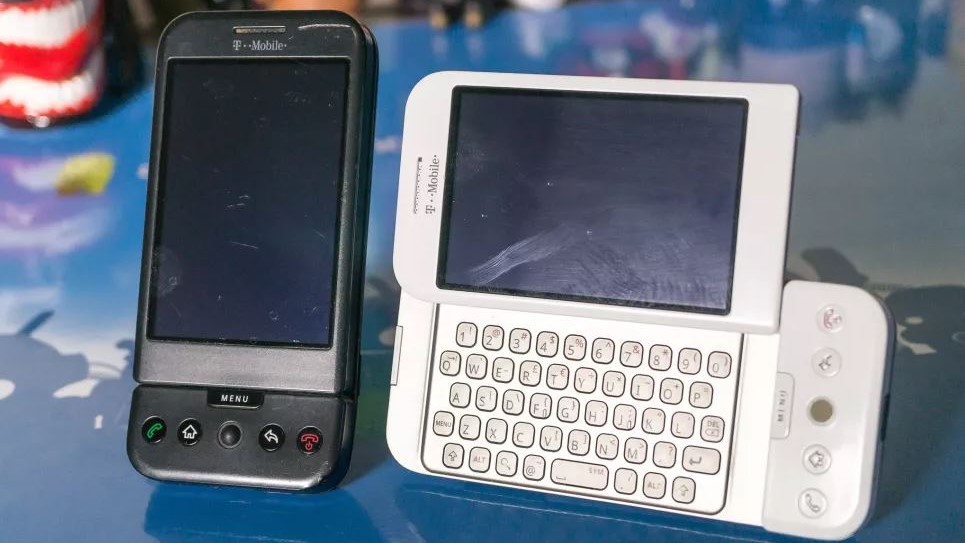
You didn't really have to hack at the T-Mobile G1 because it shipped with the ability to access a root shell (a term to describe elevated privileges and do anything on the Android OS) right out of the box. Telnetd was your friend and many think it wasn't an accident that it shipped that way.
In either case, it was very different from any phone that ships today and I don't mean the glorious form-factor. Having the ability to force the system to do your bidding meant nothing seemed impossible.
About that time, people realized how they could make Android "better" through custom software. One of the beautiful parts of Android is that the base is open source, so you can download the code, change it any way that you like, and flash it right back onto a working phone. And we did just that.
Get the latest news from Android Central, your trusted companion in the world of Android
Folks like Steve Kondik and his Cyanogenmod custom Android ROM were legends who were able to take what we had and make it better, stronger, and faster. The barn door was open, and nobody was going to be able to get the horses back in.
I won't lie — I bricked more than a couple of those early Android phones because I felt I could make them better. So did a lot of you guys. It was fun as hell.
Carriers got in the way
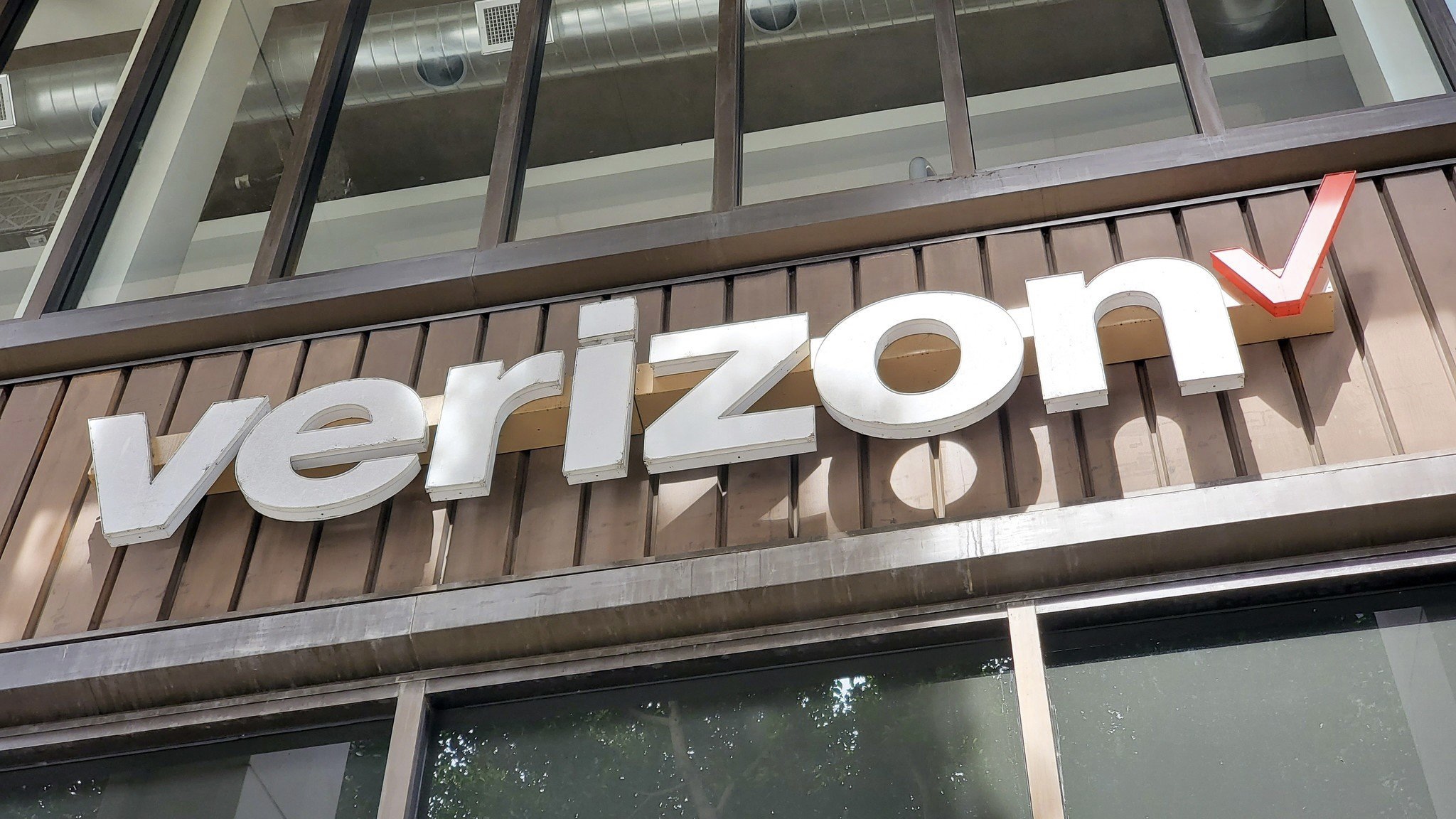
The dirtiest word in Android around 2010 was Verizon, but really all carriers tried to ruin the fun. You need a carrier so your phone works, the carrier needs you so it can survive as a business, but nobody needed a bunch of phones acting up and crashing a telco network.
That's exactly what some carrier execs were afraid would happen if users were able to do anything they liked with the software that powered their phones. A lot of folks say phones were locked down so carriers could make more money from tethering packages, but personal correspondence let me know that a million "hackers" crashing a nationwide network was a real concern.
Regardless of the reason, carriers worked with phone makers to lock down their phones and strip away all admin privileges from the software. No more sudo this or sudo that, you were supposed to take what you got and like it.
We didn't. We still don't. We shouldn't. What some didn't understand is that the Linux-based permission model was still fully intact, and if you could find a way to crack it, you could root your phone. It wasn't trivial or easy, and was especially difficult for many phones. It was easy for some, though; I rooted the HTC Hero the first night I had it by spamming the system until it had no idea what to do and gave up.
A lot of folks figured out how to root the various Samsung, Motorola, and HTC phones you could buy, and most weren't afraid to share how they did it. But the real power was in what was called a custom ROM, and for that, you needed to crack the bootloader.
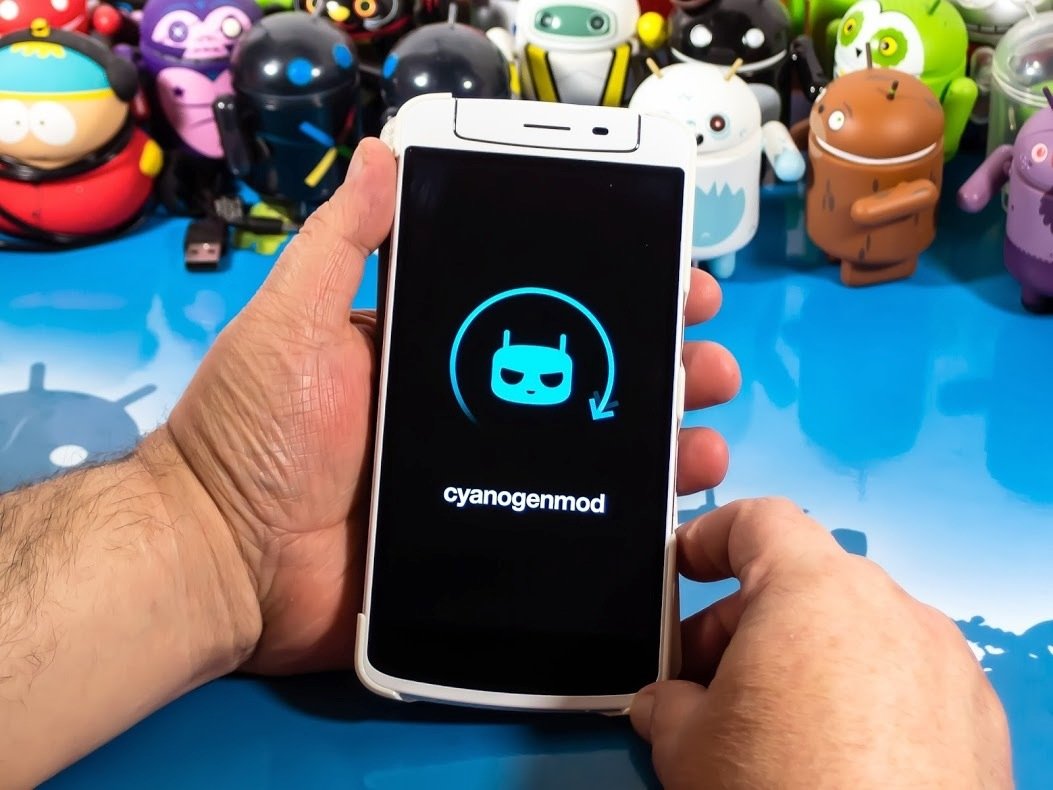
So we cracked the bootloaders. The Android bootloader is also open source, and adding a few lines in the right place means you can load the software configuration that allows an easy-access root shell. It also means you can load a completely different operating system called a custom ROM.
I fondly remember running MotoBlur on my Samsung phones, running TouchWiz on my Motorola phones, running HTC Sense on everything, and finally stripping it all away from them to replace it with plain-jane stock vanilla Android built from source code.
Of course, I also remember it not working a lot of the time and even more bricked phones. Good thing phones weren't $1,000 each back then.
In retaliation, carriers started having phone manufacturers add an encryption layer to the bootloader. In theory, you can not alter the bootloader without the correct encryption key, so this should spell an end to those rogue guys and gals who wanted to build cyber-robot-phones and crash networks willy-nilly.
Sadly, it kinda did. An encrypted bootloader is a very tough nut to crack, and there are phones from years ago that still haven't been broken into. Some never will be. Other methods were found, though, and if you really wanted to load a custom ROM on your Galaxy S5, you could. Even the Verizon model. So we did.
The real question: why?
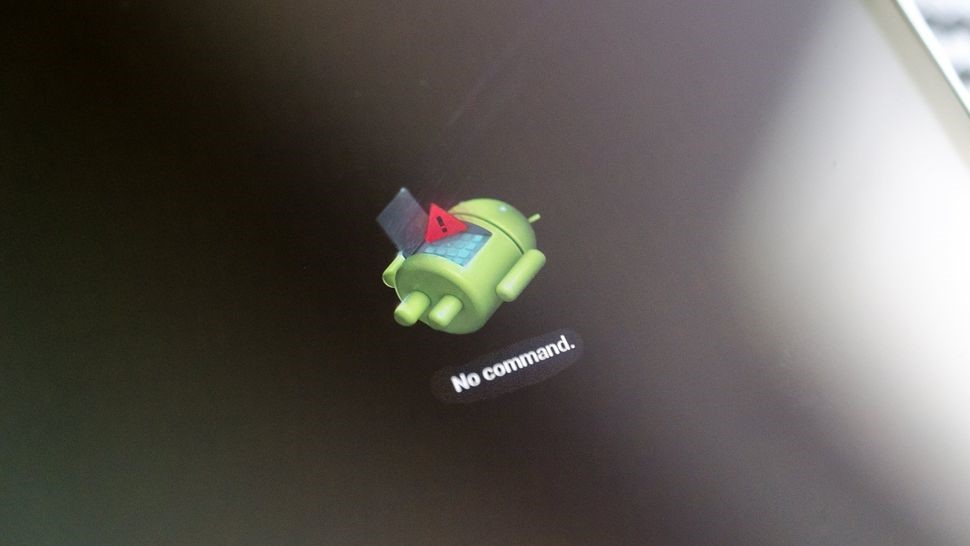
You either love the idea of rooting and ROMming your Android phone, or you have no idea why anyone should bother. That's fine and dandy in 2025 because Android mostly "just works" in all the ways we want and need it to work. Things didn't used to be that way.
It was common for a phone to ship without the advertised features, be filled with crapware from the manufacturer and carrier that ate away at system resources, and really just be a steaming pile of you-know-what. You can buy phones today that aren't great, but it doesn't compare to the garbage that companies like Motorola and AT&T (just an example, they all kind of sucked) were foisting on consumers.
The thing is, some of those phones had really interesting hardware. Since I'm picking on Moto and AT&T here, I'll use the Motorola Atrix as an example. It shipped with an Nvidia chip that smoked everything else when it came to playing games, a fingerprint scanner, and could be plopped into a laptop shell for a "Webtop" experience. It was cool.
It was also hampered by AT&T's cash-grab software, encrypted because AT&T told Motorola it had to be, and never got updated to Android 4 Ice Cream Sandwich. That turned it into the phone that many just hated, and rightfully so.
Turns out that someone at Motorola felt the same way and helped the right people build a custom Android 4.4 ROM for it. That was a better experience than AT&T could ever offer.
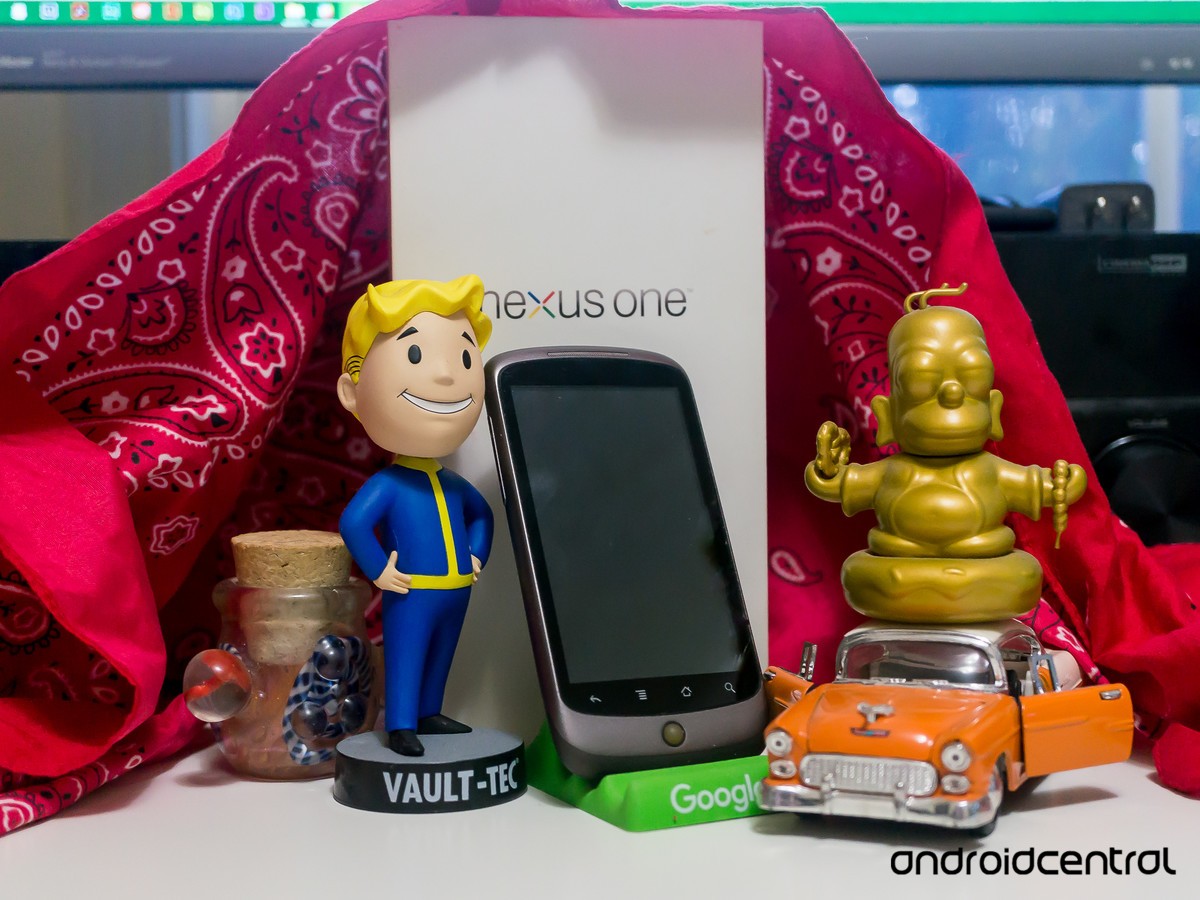
Other phones were the same way. I'll go out on a limb and say that every phone that wasn't a Google Nexus device needed custom software to be worth using. You needed to get rid of the garbage, make sure everything else worked the way it should, and not be stuck with what someone in a corner office decided you should have.
Phones aren't like that today. We can thank Google and phone makers for their improvements, but I like to think we played a big part in it, too. We showed that we weren't going to just buy what we were told to buy and had expectations of ways we could improve it all.
Phone manufacturers still tried to get in the way, and so did Google by trying to strip features away from phones without an "official" version of the operating system. It didn't work. It will never work. For every genius working at Samsung or Google, there are 10 who don't.
As long as phone makers and Google work to keep Android secure and safe as shipped, their responsibility is finished. I paid my own money for this phone, and nobody in a California office building gets to tell me how to use it.
We did it because we could. Warranties need to be voided. Parts need to be fried. Phones need to be bricked. But most of all, we should own what we paid for.

Jerry is an amateur woodworker and struggling shade tree mechanic. There's nothing he can't take apart, but many things he can't reassemble. You'll find him writing and speaking his loud opinion on Android Central and occasionally on Threads.
You must confirm your public display name before commenting
Please logout and then login again, you will then be prompted to enter your display name.
